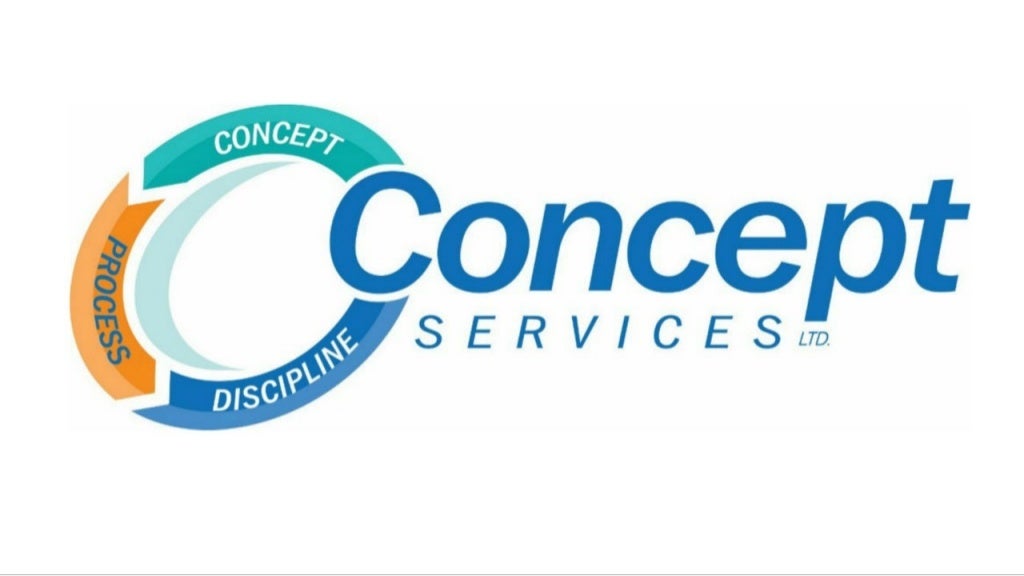

Search contacts: Type a name or number above the dial pad to search through your internal, external, and synced contacts.Copy and paste: Copy and paste a number in the text field, then click the phone icon.If you dial a vanity phone number (the number contains characters), Zoom Phone will automatically convert the letters to numbers when you make the call. Number pad: Dial a number using the on-screen or your keyboard number pad, then click the phone icon.Call a number using one of these methods:.


With the rise of remote work, Zoom has become a popular tool for video conferencing.Note: If you're calling a phone number displayed in another application (for example, Outlook or a web browser), use click-to-dial or highlight-to-call. However, a poor internet connection can lead to frustrating disruptions during your Zoom meetings. To avoid this, it is important to understand why internet speed matters for Zoom. Internet speed affects the quality of your video call. If you have a slow connection, your video and audio quality will suffer, and you may experience lagging, freezing, or dropped calls. This can make it difficult to communicate effectively with your colleagues or clients.įurthermore, poor internet speed can also impact your productivity. Frequent disruptions and poor quality video calls can cause delays, making it challenging to collaborate and get work done. In short, slow internet speed can be a major roadblock to effective communication and work efficiency. Smooth Video and Audio Qualityīandwidth: The higher the bandwidth, the better the video and audio quality you can expect during a Zoom meeting. If you have a slow internet connection, the video quality may be blurry, and audio quality may suffer, making it hard to understand what others are saying. Latency: Latency is the time it takes for data to travel from your computer to the Zoom server and back. High latency can cause delays between audio and video and result in a laggy experience. You can check your latency using online tools like PingTest or Speedtest. Packet Loss: Packet loss occurs when some data packets sent during the Zoom meeting are lost or fail to arrive at their destination. This can cause audio or video quality to degrade significantly, or you may even lose the connection altogether. Hardware: The quality of your hardware also affects video and audio quality. A high-quality camera, microphone, and speaker can significantly improve your Zoom experience. Additionally, having enough RAM, a fast processor, and a dedicated graphics card can help prevent lag and video freezing. To ensure smooth video and audio quality during your Zoom meetings, make sure to check your internet connection speed, latency, and packet loss using online tools. Additionally, invest in quality hardware and try to limit the number of devices connected to your network during the meeting.


 0 kommentar(er)
0 kommentar(er)
